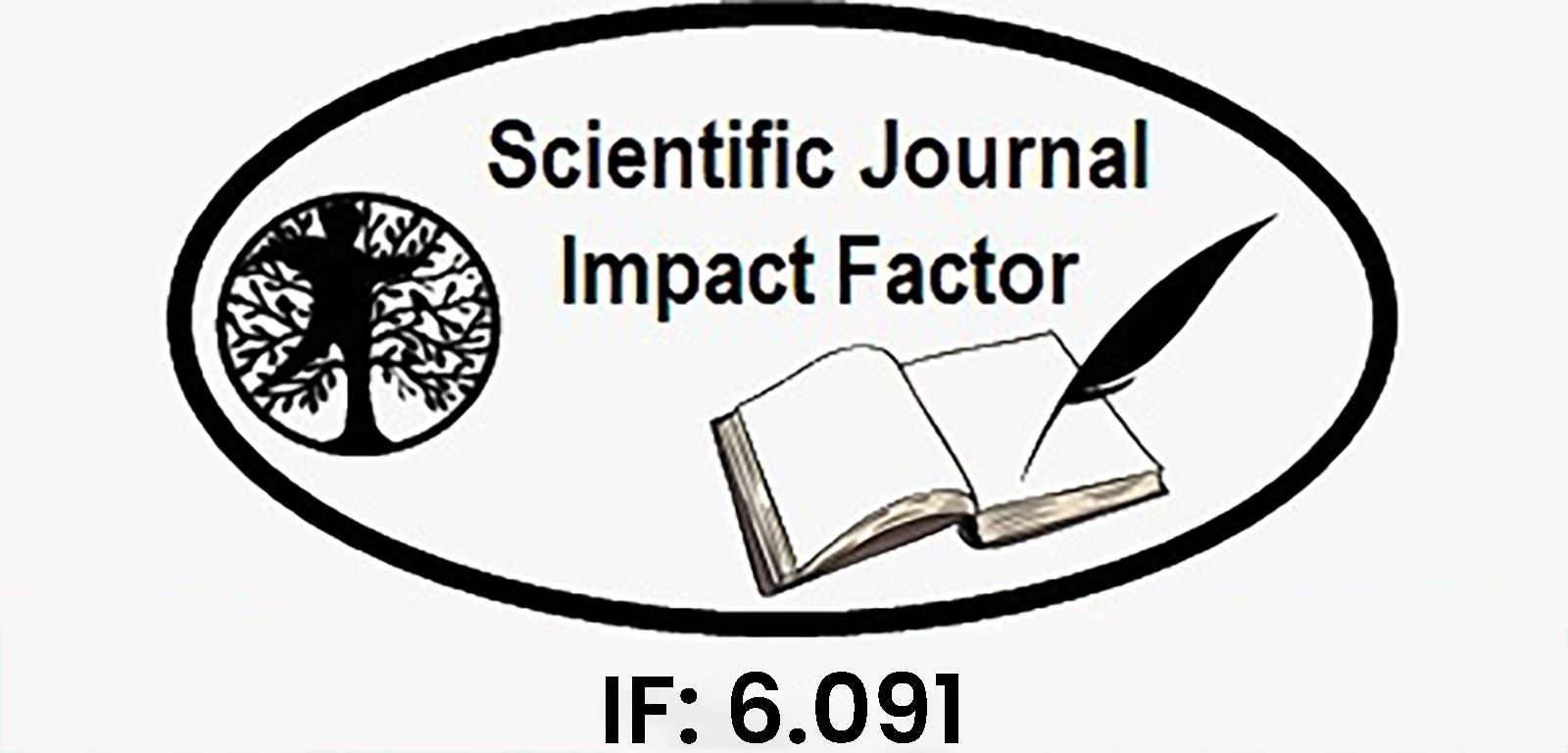Synthesis, Structural Characterization, and In Vitro AntioxidantEvaluation of Novel Azetidinone Derivatives
DOI:
https://doi.org/10.62647/Keywords:
Azetidinone, β-Lactam, Antioxidant Activity, Staudinger Synthesis, Schiff Base, Free Radical Scavenging, DPPH, Structure-Activity RelationshipAbstract
Background: The β-lactam ring is a foundational structure in medicinal chemistry, most famously known as the
core of penicillin and cephalosporin antibiotics. Beyond their antimicrobial properties, β-lactam derivatives,
particularly azetidin-2-ones, have emerged as privileged scaffolds demonstrating a wide spectrum of biological
activities, including anticancer, antihyperlipidemic, and antioxidant effects. The growing interest in combating
oxidative stress—a key pathological contributor to aging, neurodegenerative disorders, and cancer—drives the
search for novel, potent antioxidant agents.
Objective: This study aimed to design, synthesize, and evaluate a new series of azetidinone derivatives,
strategically functionalized to enhance their free radical scavenging and metal-reducing capabilities, thereby
exploring their potential as therapeutic antioxidants.
Methods: The target compounds were synthesized via a efficient two-step protocol. First, a series of Schiff bases
were prepared by condensing various aromatic aldehydes with substituted anilines. Subsequently, these Schiff
bases underwent a [2+2] cycloaddition reaction with chloroacetyl chloride and triethylamine (the Staudinger
ketene-imine reaction) to yield the novel azetidinone derivatives. All 12 synthesized compounds were rigorously
characterized using Fourier-Transform Infrared (FT-IR), Nuclear Magnetic Resonance (¹H & ¹³C NMR), and
Mass Spectrometry (MS). Their in vitro antioxidant potential was assessed through multiple standard assays:
2,2-diphenyl-1-picrylhydrazyl (DPPH) radical scavenging, Ferric Reducing Antioxidant Power (FRAP), and
Superoxide Dismutase (SOD) mimetic activity.
Key Findings: The spectral data unequivocally confirmed the successful formation of all 12 novel azetidinone
derivatives. The antioxidant evaluation revealed that several compounds exhibited significant activity, with IC₅₀
values in the DPPH assay comparable to standard antioxidants like ascorbic acid. Compounds featuring
electron-donating groups (e.g., -OH, -OCH₃) on the aryl rings demonstrated particularly potent radical
scavenging and reducing power, suggesting a structure-activity relationship.
Conclusion: A novel series of azetidinone derivatives were successfully synthesized and characterized. The
results of the antioxidant assays are highly promising, indicating that these compounds are effective free radical
scavengers. This work validates the design strategy and positions these azetidinone derivatives as promising
candidates for further development as therapeutic agents for managing oxidative stress-related pathologies.
Downloads
Downloads
Published
Issue
Section
License
Copyright (c) 2013 Dr. Himanshu Sharma, Dr. Priti Sharma (Author)

This work is licensed under a Creative Commons Attribution-NonCommercial-NoDerivatives 4.0 International License.















